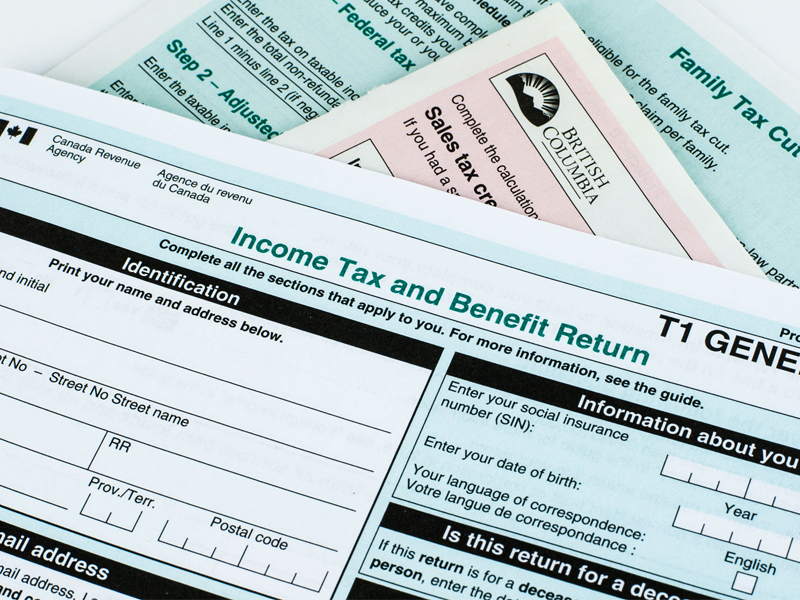
The Canadian government missed out on $800 million to $3 billion of tax revenue in 2014 related to offshore tax evasion by individuals, according to a study of the international tax gap released today by the Canada Revenue Agency.
These amounts represent between 0.6% and 2.2% of individual income-tax revenue overall, the study’s report says.
The study of the international tax gap relied on “assumptions and global financial data developed by academics to estimate the tax gap related to hidden offshore investments,” the CRA stated in the report. These estimates represent what the CRA currently knows about the potential loss of tax revenue from hidden offshore investments, the agency said.
The offshore tax gap study report is the fourth in a series of reports on the tax-revenue gap overall, with previous studies focusing on such issues as missing GST/HST revenue and non-compliance in personal income tax.
When the international tax gap is combined with the domestic personal income tax gap, published in a 2016 study, the individual income tax gap is estimated to be between $9.5 billion and $11.7 billion in 2014, which represents between 7.0% and 8.6% of personal income tax revenue. When the GST/HST gap is added to the domestic and individual tax gap, the overall tax gap represents a loss of $14.6 billion for 2014, a gap of 8.3% of overall individual and GST/HST tax revenue combined.
“The studies conducted to date underline the importance of examining not only individuals, but also their related entities, when investigating non-compliance,” said the CRA in a press release announcing the study’s results.
The next tax gap study, the final in the series, will focus on incorporated businesses. The results of that study are set to be published next year. The findings of that study will allow the government to estimate Canada’s overall tax gap.
In 2016, the federal government began studying the tax gap, and established a dedicated unit in the CRA to undertake the project. Studying the tax gap will allow the CRA to understand how and why individuals were tax non-compliant, and would foster transparency about how the government ensures taxpayers pay their fair share, the agency says.
The CRA says it has stepped up its compliance efforts in the area of international tax compliance, and its efforts are yielding positive results. In 2014, about $429 billion in assets, $9 billion in foreign income and $13.2 billion in capital gains were reported through the filing of T1135 foreign income verification statements. Audits launched by the CRA with an individual and international focus over the previous three tax years have resulted in an additional $1 billion in assessed income, and about $284 million in additional federal tax identified, the CRA says.